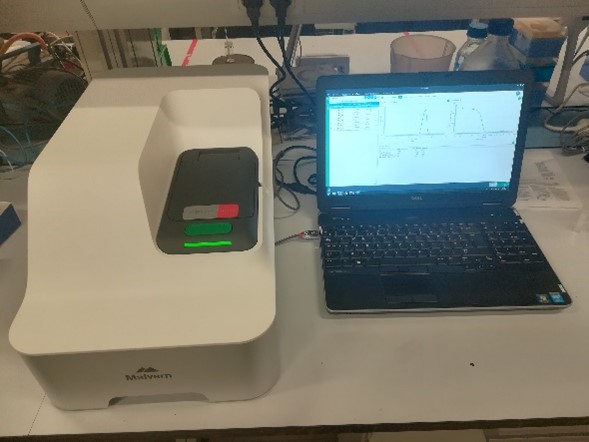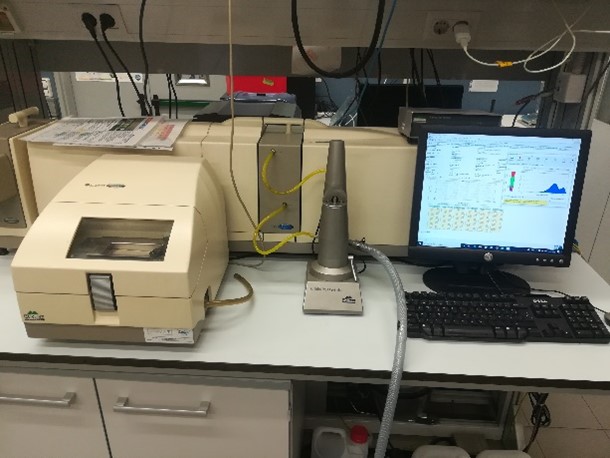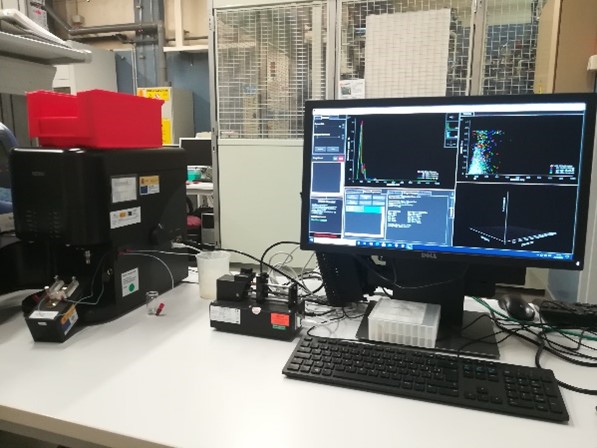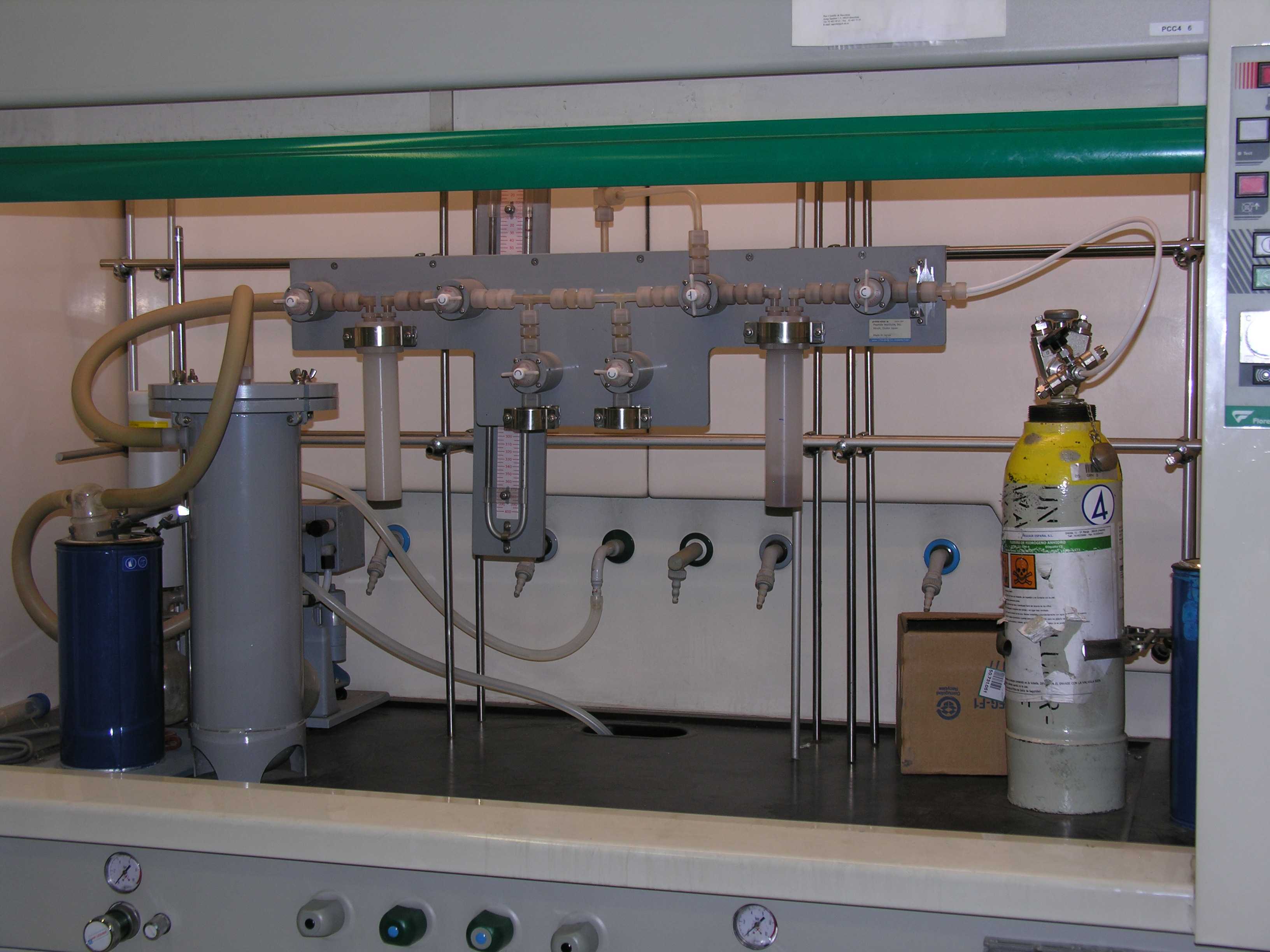U7-S03. Characterization by SEM
Characterization by SEM
The Scanning Electron Microscopy service of U7 is specialized in the high-resolution imaging of different samples in the bioengineering field. We can investigate surface morphology and topography of biological samples, polymeric structures and tissue, but also of semiconducting materials, inorganic heterostructures, etc. which are commonly related to biomedical devices and/or biomaterials. We provide advice in the preparation of the samples, as well as assistance in their characterization.
Customer benefits
Our SEM service benefits from being part of a bioengineering-specialized research centre, providing wide knowledge in the treatment and imaging of biological samples, devices and biomaterials. We offer custom services, assuring close and direct interaction with the client, to meet conclusive results and high-quality needs.
Target customer
Our target customers are researchers in the field of bioengineering or R&D departments of biotech companies which want to test, characterize, or compare different samples or prototypes.
Additional information












